Climate Change: A Driving Factor for the Sixth Mass Extinction?
As we stand on the precipice of what scientists are calling the Sixth Mass Extinction, it’s hard not to feel a sense of urgency. This isn't just another environmental crisis; it's a clarion call for humanity to recognize the profound impact of our actions on the planet. The relationship between climate change and biodiversity loss is complex, yet undeniably intertwined. As we delve into this topic, we must ask ourselves: how did we get here, and what can we do to change the course?
Climate change, primarily driven by human activities, is reshaping ecosystems at an alarming rate. The statistics are sobering: according to the United Nations, over one million species are currently at risk of extinction. This is not merely a statistic; it's a reflection of our planet's health, a health that is deteriorating due to rising global temperatures, shifting weather patterns, and increased frequency of extreme weather events. These changes are not just numbers; they represent the loss of biodiversity, which is crucial for maintaining the balance of our ecosystems.
Imagine a world where the vibrant chorus of birds, the rustle of leaves in the wind, and the intricate web of life that surrounds us begins to fade away. This is not a distant dystopia; it's a potential reality if we do not take immediate and decisive action. The effects of climate change are not isolated; they ripple through the food chain, affecting everything from the smallest microorganisms to the largest mammals. The question we must grapple with is: can we reverse the damage before it’s too late?
The urgency of this situation is further amplified by the fact that the effects of climate change are not just environmental; they are social and economic as well. Communities around the globe, especially those in vulnerable regions, are facing the brunt of these changes. From farmers struggling with unpredictable weather to coastal cities grappling with rising sea levels, the human cost of climate change is staggering. We must recognize that addressing climate change is not just about saving the planet; it’s about saving ourselves.
As we explore the driving factors behind this mass extinction, we must consider the role of human-induced changes. The burning of fossil fuels, deforestation, and pollution are not just contributors to climate change; they are catalysts for a biodiversity crisis that could redefine life on Earth. The interconnectedness of these issues highlights the need for a holistic approach to conservation and climate action.
In conclusion, the Sixth Mass Extinction is not a foregone conclusion. While the challenges are immense, there is still hope. By understanding the intricate relationship between climate change and biodiversity loss, we can develop strategies to mitigate these impacts. It’s time for us to take responsibility for our planet and act decisively to ensure a sustainable future for all living beings. The clock is ticking, and the time for action is now.
- What is the Sixth Mass Extinction? - The Sixth Mass Extinction refers to the ongoing extinction event caused by human activities, leading to the loss of biodiversity at an unprecedented rate.
- How does climate change contribute to species extinction? - Climate change alters habitats and ecosystems, making it difficult for many species to adapt or survive in changing conditions.
- What can individuals do to help combat climate change? - Individuals can reduce their carbon footprint, support conservation efforts, and advocate for policies that address climate change and protect biodiversity.
- Are there any species that are adapting to climate change? - Some species are exhibiting adaptive behaviors, such as changing migration patterns, but many are struggling to keep pace with the rapid changes.
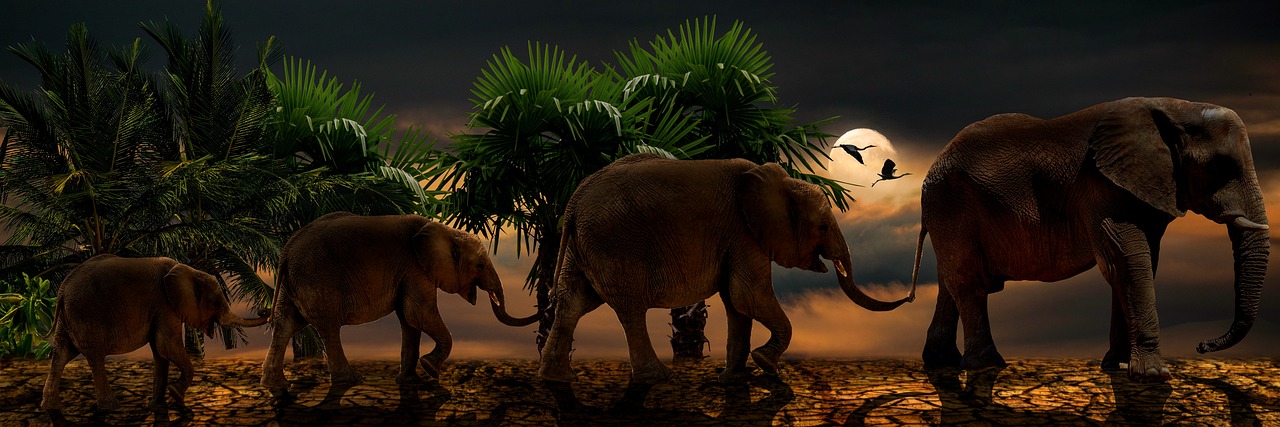
Understanding Mass Extinction Events
Mass extinction events are like nature's way of hitting the reset button on life. Throughout Earth's history, there have been five major mass extinctions, each significantly reshaping the planet's biodiversity. The most famous of these is the Cretaceous-Paleogene extinction, which wiped out the dinosaurs around 66 million years ago. But what exactly defines a mass extinction event, and how does it differ from the regular, everyday species extinctions that occur due to natural selection?
To understand mass extinctions, we first need to recognize that they are characterized by a rapid and widespread loss of biodiversity. Unlike typical extinctions, which occur gradually and are often part of the natural lifecycle, mass extinctions happen on a much larger scale and within a much shorter time frame. This sudden loss can be attributed to drastic environmental changes, such as volcanic eruptions, asteroid impacts, or significant shifts in climate. These events can lead to a cascade of extinctions across various ecosystems, affecting not just individual species but entire groups of organisms.
One of the key features of mass extinction events is their ability to eliminate a large percentage of the Earth's species in a relatively short period. For instance, during the Permian-Triassic extinction, approximately 90% of marine species and 70% of terrestrial vertebrates went extinct. This catastrophic loss of life can create opportunities for the remaining species to evolve and fill the ecological niches left vacant, leading to new forms of life and biodiversity. However, the recovery from such events can take millions of years, and the ecosystems that emerge may be vastly different from those that existed before.
To put this into perspective, consider the following table that outlines the five major mass extinction events and their key characteristics:
| Mass Extinction Event | Approximate Time Period | Estimated Species Lost | Causes |
|---|---|---|---|
| Ordovician-Silurian | ~443 million years ago | 85% | Climate change, sea level fluctuations |
| Late Devonian | ~359 million years ago | 75% | Climate change, asteroid impacts |
| Permian-Triassic | ~252 million years ago | 90-96% | Volcanic eruptions, climate change |
| Triassic-Jurassic | ~201 million years ago | 70-75% | Climate change, volcanic activity |
| Cretaceous-Paleogene | ~66 million years ago | 75% | Asteroid impact, volcanic eruptions |
As we face the potential for a sixth mass extinction, it's crucial to understand the implications of these past events. The current biodiversity crisis, largely driven by human activities, mirrors the patterns seen in historical mass extinctions. With climate change, habitat destruction, and pollution accelerating species loss, we must ask ourselves: Are we on the brink of another catastrophic reset? The answer lies in our collective actions and commitment to preserving the delicate balance of life on Earth.
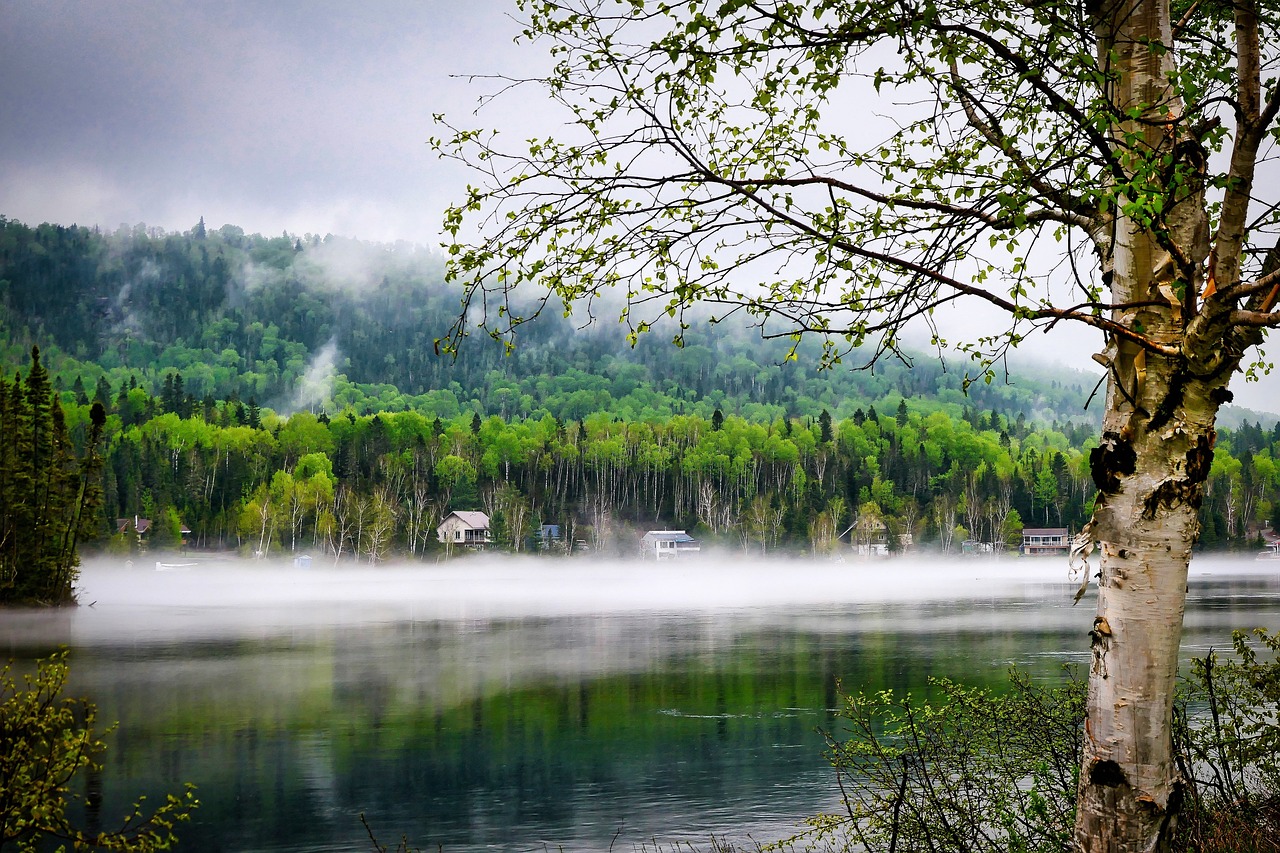
The Role of Climate Change
Climate change is not just a buzzword; it's a significant driver of ecological shifts that are reshaping our planet in real-time. As the Earth's temperature continues to rise, we're witnessing a cascade of changes that are affecting everything from weather patterns to the survival of species. Imagine a world where the seasons no longer follow their traditional patterns, where animals and plants are struggling to cope with conditions they have never faced before. This is the reality we are heading towards, and it’s not just a future scenario—it's happening now.
One of the most alarming aspects of climate change is how it disrupts the delicate balance of ecosystems. Rising temperatures lead to altered precipitation patterns, which can create droughts in some regions and floods in others. This inconsistency makes it increasingly difficult for many species to find the resources they need to survive. For instance, consider the plight of amphibians that rely on specific moisture levels to reproduce. With changing rainfall patterns, their breeding cycles are thrown into chaos, leading to population declines.
Moreover, extreme weather events, which are becoming more frequent due to climate change, can devastate habitats overnight. Hurricanes, wildfires, and heatwaves not only destroy physical environments but also displace species, forcing them to compete for dwindling resources. This competition can be fierce; think of it as a game of musical chairs where the music is getting faster, and the chairs are disappearing. Species that cannot adapt quickly enough are at a heightened risk of extinction.
As global temperatures rise, many species are struggling to adapt. The speed at which temperatures are increasing is unprecedented, leaving little time for natural selection to take its course. For example, consider the polar bears in the Arctic. They depend on sea ice to hunt seals, their primary food source. As the ice melts due to rising temperatures, these bears are forced to travel longer distances to find food, leading to malnutrition and decreased reproductive rates. The harsh reality is that not all species can adapt or migrate quickly enough to survive these rapid changes.
Different species have varying thermal tolerance limits, which determines their ability to withstand temperature changes. For instance, some fish species can only thrive in specific temperature ranges, and as waters warm, they may find themselves out of their comfort zone. A table summarizing the thermal tolerance limits of various species could illustrate this point effectively:
| Species | Optimal Temperature Range (°C) | Risk Level Due to Climate Change |
|---|---|---|
| Coral Reefs | 23-29 | High |
| Salmon | 10-20 | Moderate |
| Polar Bears | -30 to 10 | Very High |
Climate change is forcing species to migrate to cooler areas, but this isn't as simple as packing up and moving. Many animals have specific habitats they depend on, and when those habitats shift, it can lead to competition with other species that are also seeking refuge. This can disrupt entire ecosystems, leading to a domino effect that threatens biodiversity. For example, as temperatures rise, some bird species are moving northward, but not all their food sources can keep up. This mismatch can lead to starvation and population declines.
In summary, the role of climate change in driving species extinction is complex and multifaceted. From altering habitats to forcing migrations, the impacts are profound and far-reaching. As we continue to grapple with these changes, it becomes increasingly clear that understanding and addressing climate change is critical to preserving the rich tapestry of life on Earth.
- What is climate change? Climate change refers to long-term shifts in temperatures and weather patterns, primarily caused by human activities such as burning fossil fuels.
- How does climate change affect biodiversity? Climate change disrupts ecosystems, alters habitats, and can lead to species extinction due to inability to adapt or migrate.
- What can be done to combat climate change? Efforts include reducing carbon emissions, conserving natural habitats, and supporting renewable energy sources.
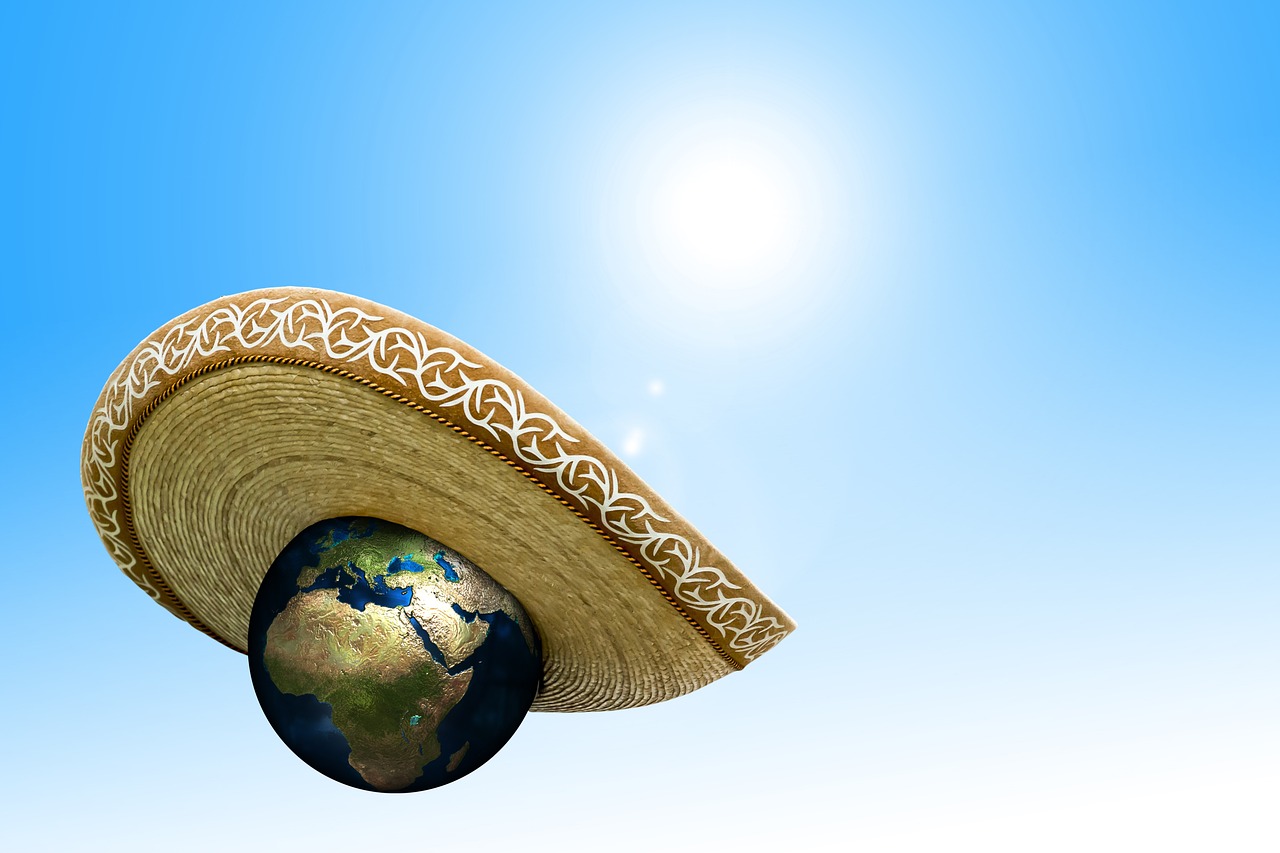
Temperature Increases and Species Adaptation
As the planet warms, the effects of temperature increases on species adaptation become increasingly evident. Imagine a world where the familiar habitats of countless species are shifting beneath their feet, much like a game of musical chairs where the music never stops. This relentless rise in temperature creates a race against time for many species, forcing them to adapt or face extinction. Rapid temperature changes can disrupt the delicate balance of ecosystems, leading to cascading effects that ripple through the food chain.
Species are not all created equal when it comes to their ability to adapt to changing climates. Some possess remarkable resilience, while others are incredibly vulnerable. For instance, certain organisms, like the common house sparrow, have shown a surprising ability to thrive in urban environments, adjusting their behaviors and diets. In contrast, species with narrow temperature tolerance ranges, such as the polar bear, face dire consequences as their icy habitats melt away. This disparity in adaptability raises pressing questions about the future of biodiversity.
To better understand the impact of rising temperatures, we can categorize species based on their thermal tolerance limits. This categorization helps in predicting which species are at the highest risk:
| Species | Thermal Tolerance Range (°C) | Risk Level |
|---|---|---|
| Polar Bear | -30 to 10 | High |
| Coral Reefs | 18 to 30 | Very High |
| House Sparrow | -10 to 40 | Low |
| American Bison | -30 to 35 | Moderate |
As we can see from the table, species like coral reefs are in a precarious situation. They are incredibly sensitive to temperature changes, with even a slight increase leading to widespread bleaching and mortality. On the other hand, species such as the house sparrow show a remarkable ability to adapt to various environments, suggesting that adaptability is a key factor in survival.
Moreover, the challenge of adaptation is not just about temperature; it involves a complex interplay of ecological factors. For example, changes in food availability, mating patterns, and predator-prey relationships can all influence a species' ability to cope with rising temperatures. As habitats transform, species must navigate new landscapes, often leading to competition for resources. Some species may thrive in these new conditions, while others may struggle to find their niche.
In conclusion, the increasing temperatures due to climate change present a formidable challenge for many species. The ability to adapt is crucial, but not all species are equipped for this race against time. As we witness these shifts, it becomes clear that our actions today will determine the fate of countless species tomorrow. We must strive to mitigate climate change and protect vulnerable ecosystems to ensure a rich tapestry of biodiversity for future generations.
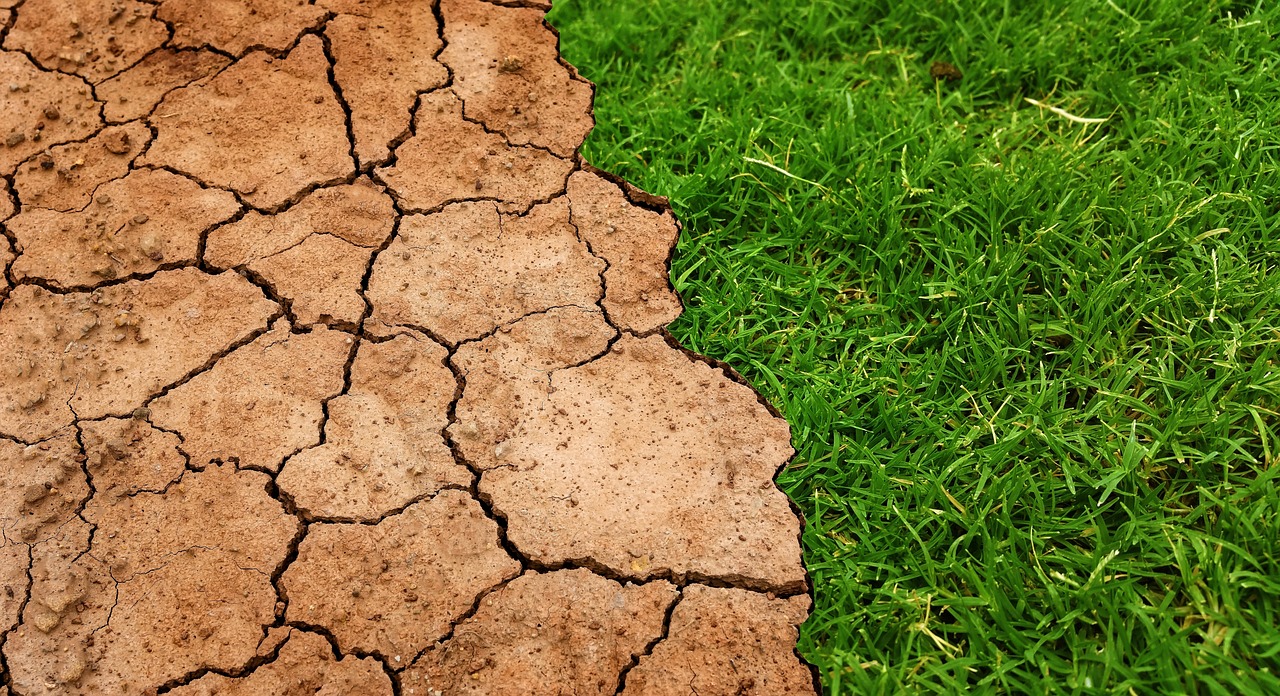
Thermal Tolerance Limits
The concept of is pivotal in understanding how species respond to the ongoing changes in our climate. Just like humans have a comfort zone when it comes to temperature—think of how we feel in a cozy 72°F room—different species have their own unique temperature ranges that allow them to thrive. When temperatures exceed these limits, the consequences can be dire. For instance, some species may experience stress, reduced reproductive success, or even death. This phenomenon is not just a matter of discomfort; it's a matter of survival.
To illustrate this further, let's consider a few examples of species with varying thermal tolerances:
| Species | Optimal Temperature Range (°C) | Thermal Tolerance Limit (°C) |
|---|---|---|
| Coral | 23-29 | 30 |
| Polar Bear | -20 to 10 | Above 15 |
| Desert Lizard | 30-40 | Above 45 |
As we can see from the table, coral reefs, which are highly sensitive to temperature fluctuations, begin to experience stress at just 30°C. When temperatures rise above this threshold, coral bleaching occurs, leading to the loss of vital marine habitats. Similarly, polar bears are adapted to cold Arctic environments, and any significant warming can threaten their hunting grounds and overall survival.
The ability of a species to adapt to rising temperatures is not uniform across the animal kingdom. Some species can migrate to cooler areas or adjust their behavior, while others, particularly those with limited mobility or specific habitat requirements, face a grim future. For example, amphibians and many fish species are particularly vulnerable due to their narrow thermal tolerance limits. This inability to adapt or relocate can lead to a cascading effect on ecosystems, as these species play crucial roles in their environments.
Additionally, the interactions between species can complicate matters. When one species migrates due to temperature changes, it can disrupt the established balance within the ecosystem. Competition for resources may increase, leading to further stress on species that are already struggling to cope with changing conditions. It's a complex web of interactions, and as the climate continues to change, the consequences of exceeding thermal tolerance limits will likely ripple throughout entire ecosystems.
In conclusion, understanding thermal tolerance limits is essential for predicting which species are at the greatest risk in our rapidly changing world. As we continue to grapple with climate change, recognizing these limits can help inform conservation strategies aimed at preserving biodiversity. By fostering environments where species can adapt and thrive, we can mitigate the impacts of climate change and work towards a more sustainable future.
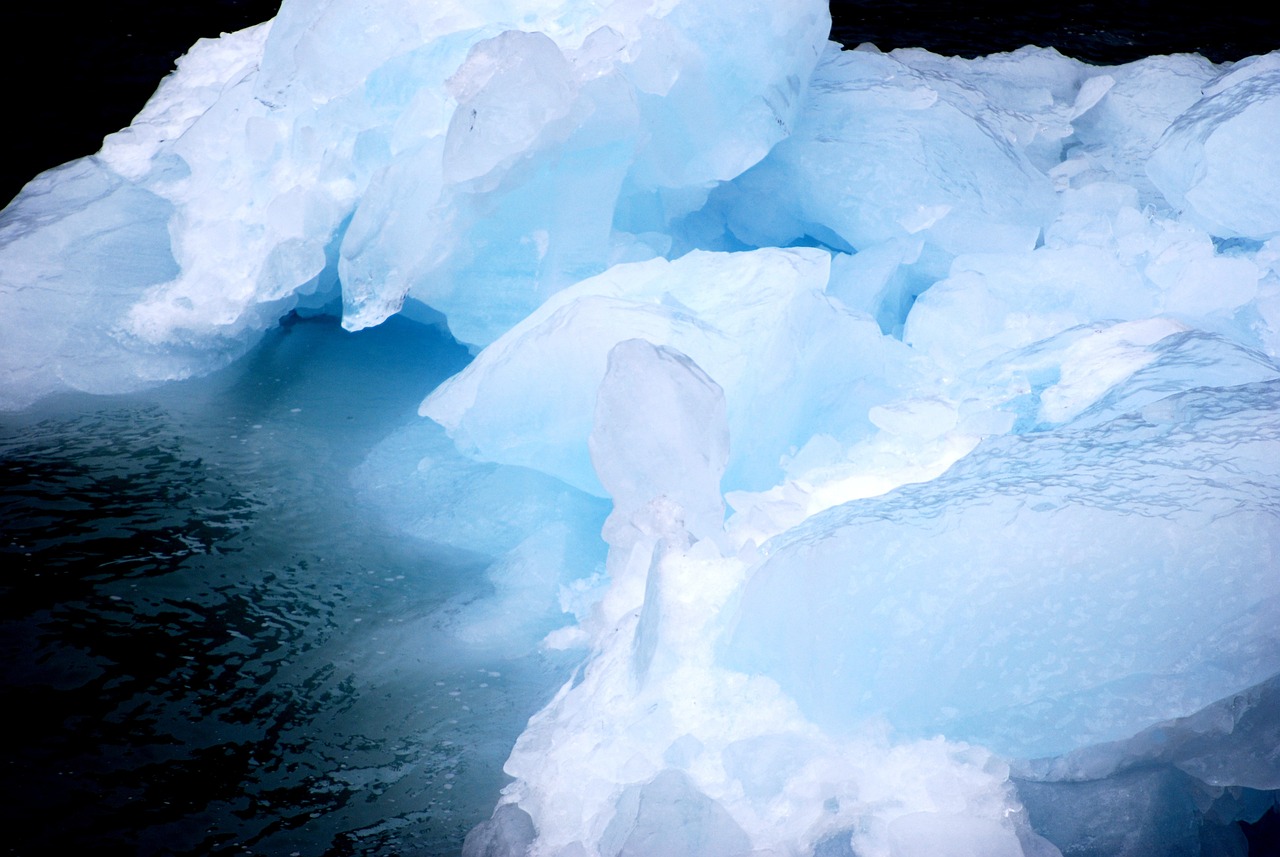
Migration Patterns and Range Shifts
As the climate continues to change at an alarming rate, many species are finding themselves on the move. Imagine a bird that's always nested in the same tree, suddenly realizing that its home is no longer suitable due to rising temperatures or altered rainfall patterns. This scenario is becoming increasingly common as various species attempt to adapt to their new realities. Migration patterns and range shifts are not just fascinating phenomena; they are critical survival strategies for many organisms facing the harsh realities of climate change.
When we talk about migration, we often think of the majestic journeys of birds flying south for the winter. However, migration is not limited to just birds. Numerous species, including mammals, insects, and even plants, are shifting their ranges in search of more suitable habitats. This is largely driven by the need to escape rising temperatures and find food sources that are still viable. For example, polar bears are moving further north as sea ice melts, while butterflies are being spotted in areas where they were once absent.
But what happens when these species migrate? While some may find new homes, others face a myriad of challenges. The ecosystems they enter may already be occupied by other species, leading to increased competition for resources. This can result in a domino effect, disrupting entire ecosystems and altering the delicate balance of nature. For instance, when a species that thrives in warmer temperatures moves into a new area, it can outcompete native species, which may not be able to adapt quickly enough to the changes. This competition can lead to declines in native populations, pushing some species closer to extinction.
Moreover, migration isn't a straightforward process. Many species have specific habitat requirements, and if their new environment doesn't meet those needs, they may struggle to survive. For example, a fish species that relies on coral reefs may find it impossible to thrive if those reefs are decimated by warming waters and acidification. In this case, the fish may migrate, but without suitable habitat, their chances of survival diminish significantly.
It's also important to consider the concept of ecological traps. These occur when a species migrates to a new area that appears to be suitable but ultimately proves to be a poor choice due to environmental changes. For instance, if a bird migrates to an area that has been affected by pollution or habitat destruction, it may find itself in a situation where food is scarce and predators are abundant. This misjudgment can lead to population declines.
In summary, migration patterns and range shifts are vital components of how species respond to climate change. While some may successfully adapt and thrive in new environments, others face significant challenges that could lead to their decline or extinction. Understanding these dynamics is crucial for conservation efforts aimed at protecting vulnerable species and preserving biodiversity in a rapidly changing world.
- What causes species to migrate? Species migrate primarily in response to climate change, seeking suitable habitats that can provide food and shelter.
- How does climate change affect migration patterns? Climate change alters weather patterns, temperatures, and food availability, prompting species to shift their ranges to survive.
- What are ecological traps? Ecological traps are areas that seem suitable for organisms but are actually detrimental due to environmental changes.
- Can all species adapt to climate change? Not all species can adapt quickly enough to the rapid changes in their environments, leading to potential declines or extinctions.
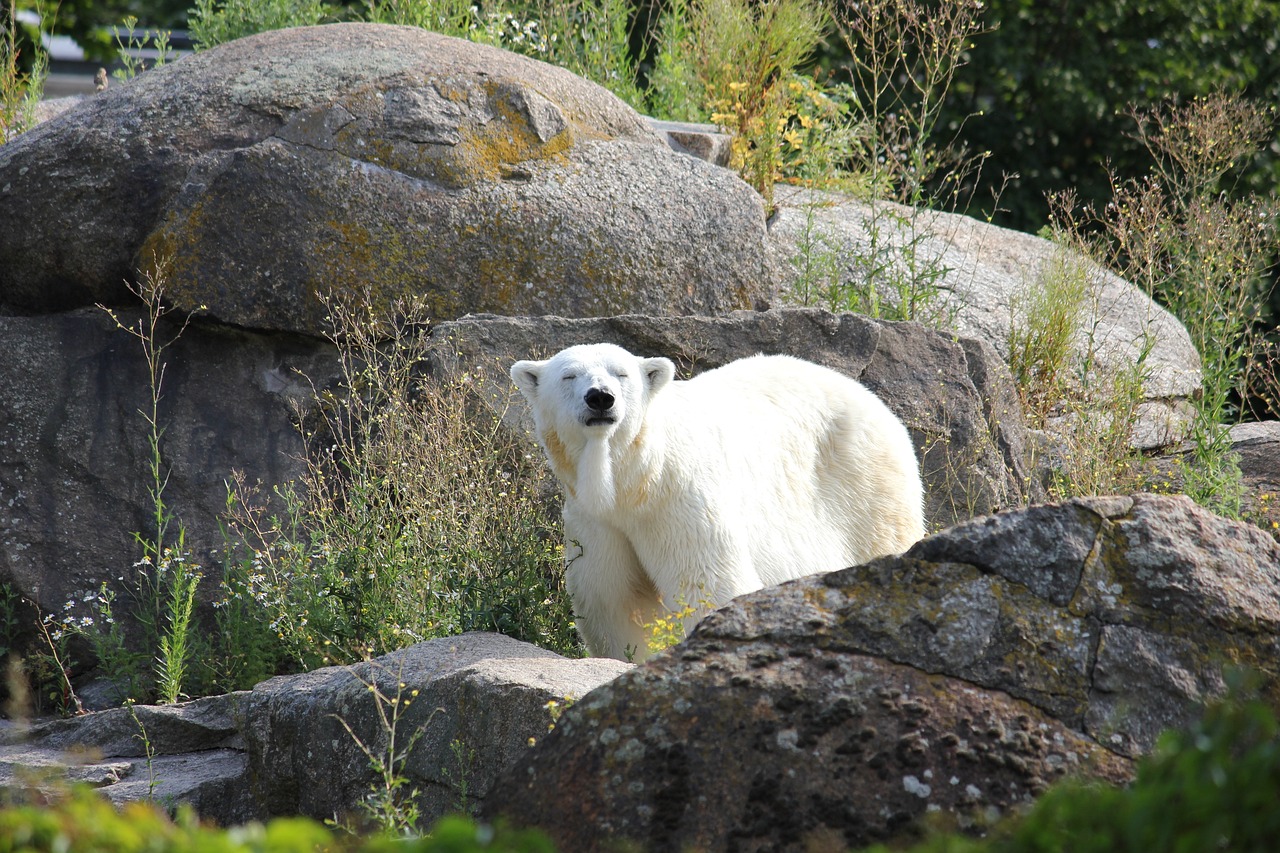
Ocean Acidification and Marine Life
Ocean acidification is one of the most alarming consequences of climate change, and it’s affecting marine life in ways that are both profound and disturbing. As the atmosphere warms, we’ve been pumping more and more carbon dioxide (CO2) into it. Did you know that about 30% of this excess CO2 is absorbed by our oceans? This process leads to a chemical reaction that lowers the pH of seawater, making it more acidic. Imagine pouring vinegar into a glass of water; the water changes, right? Similarly, our oceans are undergoing a transformation that threatens the very foundation of marine ecosystems.
Coral reefs, often referred to as the "rainforests of the sea," are among the most affected by ocean acidification. These vibrant ecosystems rely on calcium carbonate to build their structures. As acidity increases, the availability of carbonate ions decreases, making it harder for corals to grow and thrive. If current trends continue, we could see a significant decline in coral cover, which would not only affect the corals themselves but also the countless species that depend on these reefs for habitat and food.
Moreover, ocean acidification doesn’t just stop at corals. It poses a serious threat to a wide range of marine species, including mollusks like oysters and clams, which also rely on calcium carbonate for their shells. The weakening of these shells can lead to increased mortality rates, disrupting not just individual species but entire marine food webs. For instance, if shellfish populations decline, what happens to the species that feed on them? It’s a domino effect that can lead to unforeseen consequences throughout the ecosystem.
Research has shown that acidified waters can also affect fish behavior and physiology. Fish use chemical cues to navigate their environments, find food, and avoid predators. Increased acidity can disrupt these signals, making it harder for fish to survive. Picture a fish trying to find its way home in murky waters; it’s a struggle that can lead to increased vulnerability to predators and reduced reproductive success. This situation is particularly concerning for commercially important species, which could have significant economic implications.
To further illustrate the impact of ocean acidification, consider the following table that summarizes the effects on various marine organisms:
| Marine Organism | Impact of Ocean Acidification |
|---|---|
| Coral Reefs | Reduced calcification rates, leading to weaker structures |
| Shellfish (e.g., oysters, clams) | Thinner shells, increased mortality rates |
| Fish Species | Altered behavior, impaired navigation, and increased predation risk |
| Plankton | Disruption of food webs due to changes in species composition |
In conclusion, ocean acidification is not just a distant threat; it’s a pressing reality that demands our immediate attention. The changes occurring in our oceans are interconnected with climate change and human activity, making it crucial for us to take action. By reducing carbon emissions and protecting marine habitats, we can help mitigate these effects and preserve the rich biodiversity that our oceans hold. After all, if we don’t act now, we risk losing not just marine species but the intricate web of life that sustains us all.
- What is ocean acidification? Ocean acidification refers to the decrease in pH levels in the ocean due to the absorption of carbon dioxide from the atmosphere.
- How does ocean acidification affect coral reefs? It reduces their ability to produce calcium carbonate, weakening their structures and making them more vulnerable to environmental stressors.
- What species are most affected by ocean acidification? Species such as corals, shellfish, and certain fish are significantly impacted, leading to broader ecological consequences.
- What can be done to combat ocean acidification? Reducing carbon emissions, protecting marine habitats, and promoting sustainable fishing practices are essential steps to mitigate its effects.
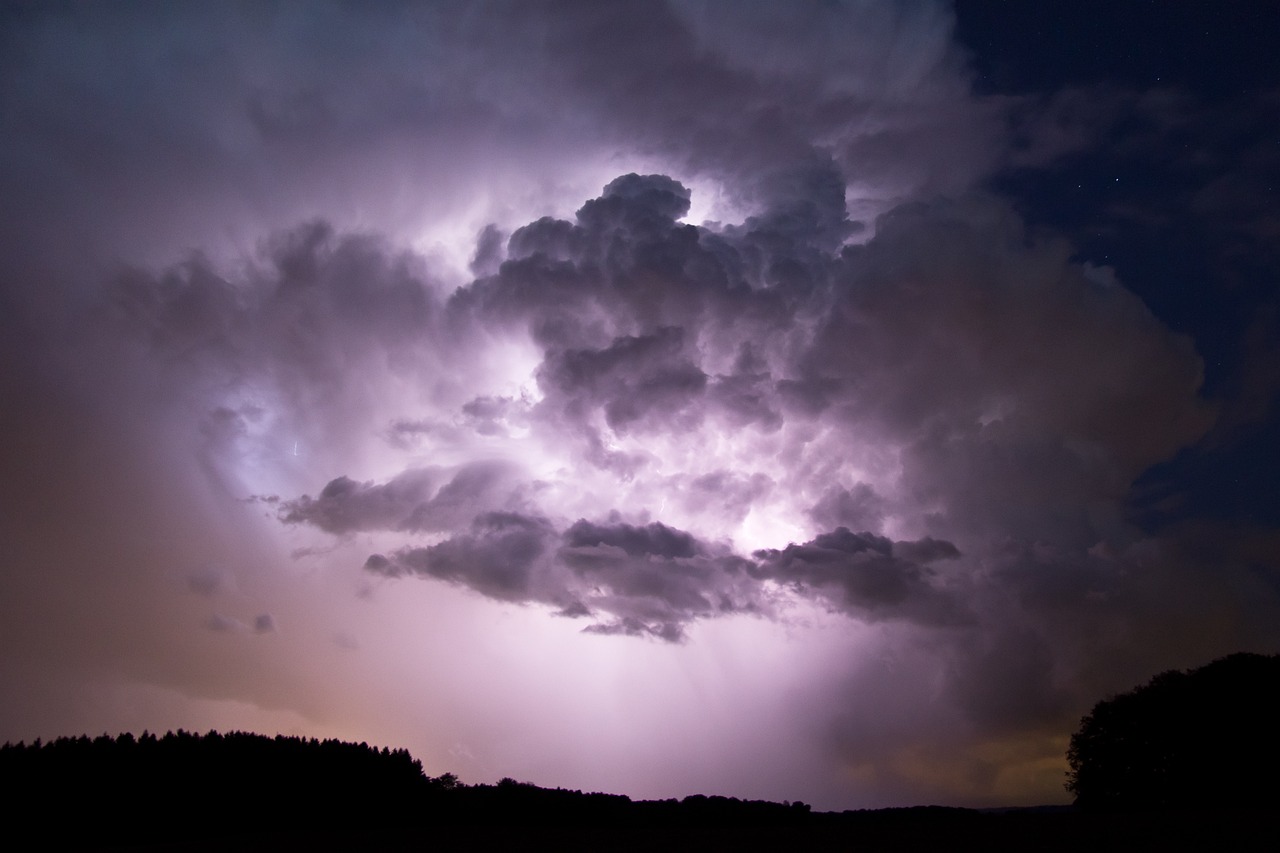
Human Impact on Biodiversity
The relationship between humans and biodiversity is a complex tapestry woven from our actions, choices, and the consequences of our growth. Unfortunately, our impact on the environment has often been detrimental, leading to a significant decline in biodiversity across the globe. As we continue to expand our cities, clear forests, and pollute our waters, we are not just altering landscapes; we are reshaping the very fabric of life on Earth. It’s like playing a game of Jenga—remove too many blocks, and the whole tower could come crashing down.
One of the primary culprits in this biodiversity crisis is deforestation. Forests serve as vital habitats for countless species, providing food, shelter, and breeding grounds. When we cut down trees for agriculture or urban development, we are not merely removing plants; we are erasing entire ecosystems. The consequences of deforestation can be staggering. For instance, it is estimated that about 80% of terrestrial species call forests their home. When these habitats disappear, so do the species that rely on them. This loss of habitat not only threatens individual species but also disrupts the ecological balance, leading to cascading effects throughout the ecosystem.
Another major factor is pollution, which comes in many forms, including plastic waste, chemical runoff, and air pollution. Each of these pollutants can have devastating effects on wildlife. For example, plastic pollution has infiltrated oceans and waterways, harming marine life and entering the food chain. The impact of pollutants is not just localized; it spreads like ripples in a pond, affecting organisms far removed from the original source. The toxicity from chemicals can lead to reproductive issues in species, decreased biodiversity, and even the extinction of sensitive species. It’s as if we are setting off a chain reaction that could lead to an ecological catastrophe.
To better understand the scope of human impact on biodiversity, let’s look at some statistics:
| Human Activity | Impact on Biodiversity | Examples |
|---|---|---|
| Deforestation | Loss of habitat for wildlife | Amazon Rainforest destruction |
| Pollution | Degradation of ecosystems | Plastic in oceans |
| Climate Change | Altered habitats and migration patterns | Coral bleaching |
In addition to these factors, climate change itself is exacerbated by human activities. The burning of fossil fuels, industrial processes, and agricultural practices release greenhouse gases into the atmosphere, leading to global warming. As temperatures rise, many species find their habitats altered beyond recognition. Animals that once thrived in specific climates are now forced to adapt or relocate, and not all can make the transition. It’s a race against time, and unfortunately, many species are losing.
As we reflect on our impact, it's crucial to recognize that we hold the power to change the narrative. Conservation efforts, sustainable practices, and raising awareness about the importance of biodiversity can help mitigate some of the damage we’ve inflicted. It’s not just about saving the cute animals we see on nature documentaries; it’s about preserving the intricate web of life that sustains us all. After all, we are part of this ecosystem, and its health directly influences our own.
- What is biodiversity? Biodiversity refers to the variety of life on Earth, including the different species of plants, animals, and microorganisms, their genetic diversity, and the ecosystems they form.
- How does human activity threaten biodiversity? Human activities such as deforestation, pollution, overfishing, and climate change disrupt habitats, lead to species extinction, and reduce genetic diversity.
- What can we do to help protect biodiversity? We can support conservation efforts, reduce waste, choose sustainable products, and educate others about the importance of preserving our planet's ecosystems.
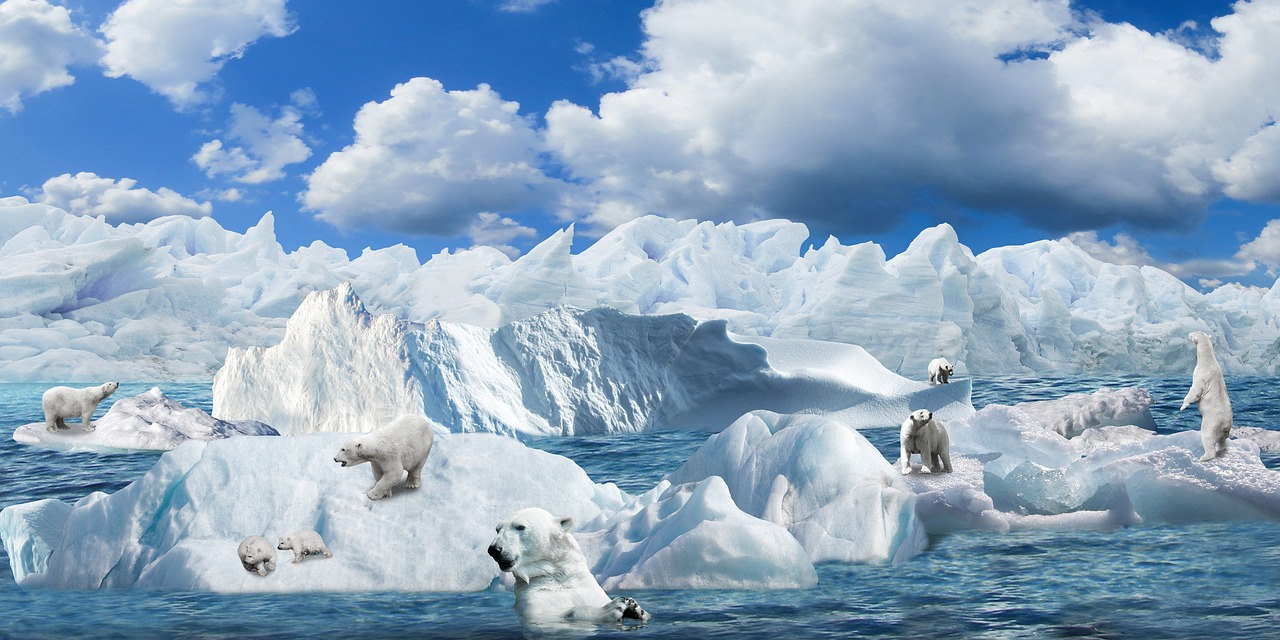
Deforestation and Habitat Loss
Deforestation is not just a buzzword; it's a critical issue that has far-reaching effects on biodiversity and the health of our planet. When we think about the trees being cut down, we often picture a barren landscape, but the reality is much more complex. Forests are home to an astonishing array of species, many of which are not found anywhere else on Earth. When these forests are destroyed, the delicate balance of ecosystems is disrupted, leading to a cascade of consequences that can result in the extinction of various species.
Imagine a vibrant tapestry woven with countless threads, each representing a different species. Now, picture someone pulling out threads at random—what happens to the tapestry? It begins to unravel. This is precisely what happens when we lose forests through deforestation. The intricate web of life that depends on these habitats starts to fall apart. According to recent studies, approximately 13 million hectares of forest are lost each year, a staggering figure that highlights the urgency of this crisis.
One of the most alarming aspects of deforestation is its impact on species that rely on specific habitats. For instance, the Sumatran orangutan has seen its population plummet by over 50% in the last few decades due to habitat destruction driven by logging and palm oil plantations. As these animals lose their homes, they are forced into smaller and smaller areas, leading to increased competition for food and resources. This can create a perfect storm where survival becomes nearly impossible for many species.
In addition to direct habitat loss, deforestation can also lead to fragmentation. This occurs when large, contiguous areas of forest are broken up into smaller patches. This fragmentation can isolate populations, making it difficult for species to find mates, food, or migrate to new areas when their habitats become inhospitable. For example, the Florida panther is now confined to a small area of southern Florida, severely limiting its genetic diversity and increasing the risk of inbreeding.
Moreover, deforestation contributes to climate change, which further exacerbates habitat loss. Trees act as carbon sinks, absorbing carbon dioxide from the atmosphere. When they are cut down, not only is this carbon released back into the atmosphere, but the loss of trees also means less carbon is being absorbed moving forward. This vicious cycle creates a feedback loop where climate change drives further deforestation, and deforestation accelerates climate change.
To combat this urgent issue, conservation efforts are essential. Protecting existing forests, restoring degraded lands, and promoting sustainable forestry practices can help mitigate the negative impacts of deforestation. For instance, initiatives like reforestation and afforestation can help restore habitats and provide new homes for displaced species. Furthermore, raising awareness about the importance of sustainable products can empower consumers to make choices that support forest conservation.
In conclusion, deforestation and habitat loss are significant threats to biodiversity. The consequences ripple through ecosystems, affecting not only the species that lose their homes but also the entire planet. It is crucial for us to take action now to protect our forests and the myriad of life they support. After all, it's not just about saving trees; it's about preserving the intricate web of life that sustains us all.
- What are the main causes of deforestation? Deforestation is primarily driven by agricultural expansion, logging, infrastructure development, and urbanization.
- How does deforestation affect climate change? Deforestation releases stored carbon dioxide, contributing to greenhouse gas emissions and exacerbating climate change.
- What can individuals do to help reduce deforestation? Individuals can support sustainable products, participate in reforestation efforts, and advocate for policies that protect forests.
- Are there any successful conservation efforts? Yes, many countries have implemented successful reforestation and conservation programs that have helped restore habitats and protect endangered species.

Pollution and Its Effects
Pollution is like a silent thief, stealthily robbing our planet of its most precious treasures: biodiversity and ecological balance. It's not just an environmental issue; it's a life-and-death situation for countless species. When we think about pollution, we often picture littered streets or smog-filled skies, but the reality is much more insidious. Pollution comes in various forms, including air, water, and soil contamination, and each type poses unique threats to ecosystems and the species that inhabit them.
For instance, water pollution is a significant concern, especially for aquatic life. Chemicals from agricultural runoff, plastics, and industrial waste seep into rivers, lakes, and oceans, creating toxic environments. These pollutants can lead to severe health issues for marine organisms, disrupting their reproductive systems and leading to population declines. Coral reefs, often referred to as the "rainforests of the sea," are particularly vulnerable. They suffer from both pollution and climate change, leading to coral bleaching and the loss of biodiversity that these ecosystems support.
Air pollution, on the other hand, affects terrestrial life. The release of harmful gases, such as carbon dioxide and sulfur dioxide, not only contributes to climate change but also leads to acid rain. This phenomenon can devastate forests and freshwater systems, harming both plant and animal species. The interplay between air pollution and climate change creates a vicious cycle where each exacerbates the other, making it increasingly difficult for species to adapt and survive.
Furthermore, plastic pollution is an epidemic that has gained significant attention in recent years. Plastics break down into microplastics, which infiltrate the food chain, posing risks to both marine and terrestrial animals. These tiny particles can be ingested by fish, birds, and other wildlife, leading to malnutrition, internal injuries, and even death. The problem is compounded by the fact that many species are unable to adapt to the presence of these foreign materials in their environments.
To illustrate the scope of pollution's impact, consider the following table that summarizes the main types of pollution and their effects on biodiversity:
| Type of Pollution | Effects on Biodiversity |
|---|---|
| Water Pollution | Leads to habitat degradation, toxic environments, and loss of aquatic species. |
| Air Pollution | Causes acid rain, respiratory issues in wildlife, and contributes to climate change. |
| Plastic Pollution | Infiltrates food chains, causes physical harm to animals, and leads to ecosystem disruption. |
In essence, pollution acts like a double-edged sword, cutting through the fabric of ecosystems and leaving behind a trail of destruction. The effects can ripple through food chains, causing not just individual species to suffer but entire ecosystems to collapse. The urgency of addressing pollution cannot be overstated. As we grapple with the realities of climate change, we must also confront the pollution crisis that is further endangering our planet's biodiversity. It's a call to action for all of us to reduce our footprint, advocate for cleaner practices, and support conservation efforts that aim to heal our planet.
- What are the main types of pollution affecting biodiversity? The main types include water pollution, air pollution, and plastic pollution, each having distinct effects on various ecosystems.
- How does pollution interact with climate change? Pollution exacerbates climate change effects, leading to habitat degradation and increased extinction rates among vulnerable species.
- What can individuals do to reduce pollution? Individuals can reduce pollution by minimizing waste, using eco-friendly products, and supporting policies aimed at environmental protection.
Frequently Asked Questions
- What is a mass extinction event?
A mass extinction event is a significant and rapid decrease in the biodiversity of Earth, leading to the extinction of a large number of species in a relatively short period. Unlike regular extinctions, which occur gradually, mass extinctions are characterized by their scale and speed, often reshaping ecosystems dramatically.
- How does climate change contribute to species extinction?
Climate change affects species survival through rising temperatures, altered precipitation patterns, and increased frequency of extreme weather events. These changes can disrupt habitats, making it difficult for species to adapt or migrate, ultimately leading to increased extinction rates.
- What are thermal tolerance limits?
Thermal tolerance limits refer to the range of temperatures that a species can withstand. When temperatures exceed these limits, species may struggle to survive, reproduce, or find food, putting them at higher risk of extinction as climate change progresses.
- How does ocean acidification affect marine life?
Ocean acidification occurs when excess CO2 is absorbed by the oceans, leading to lower pH levels. This process can harm marine organisms, particularly those with calcium carbonate structures, such as coral reefs and shellfish, disrupting entire marine ecosystems and food webs.
- What human activities are most harmful to biodiversity?
Human activities such as deforestation, pollution, overfishing, and habitat destruction significantly threaten biodiversity. These actions not only lead to habitat loss but also exacerbate the effects of climate change, creating a vicious cycle that endangers many species.
- What role does deforestation play in climate change?
Deforestation contributes to climate change by releasing stored carbon dioxide into the atmosphere, reducing the number of trees available to absorb CO2. This loss of forest cover not only increases greenhouse gas concentrations but also disrupts local ecosystems and biodiversity.
- Can pollution impact climate change?
Yes, pollution can significantly impact climate change. Pollutants such as greenhouse gases from industrial activities contribute to global warming, while other forms of pollution, like plastic waste and chemical runoff, can degrade ecosystems and reduce biodiversity, further complicating the effects of climate change.



















